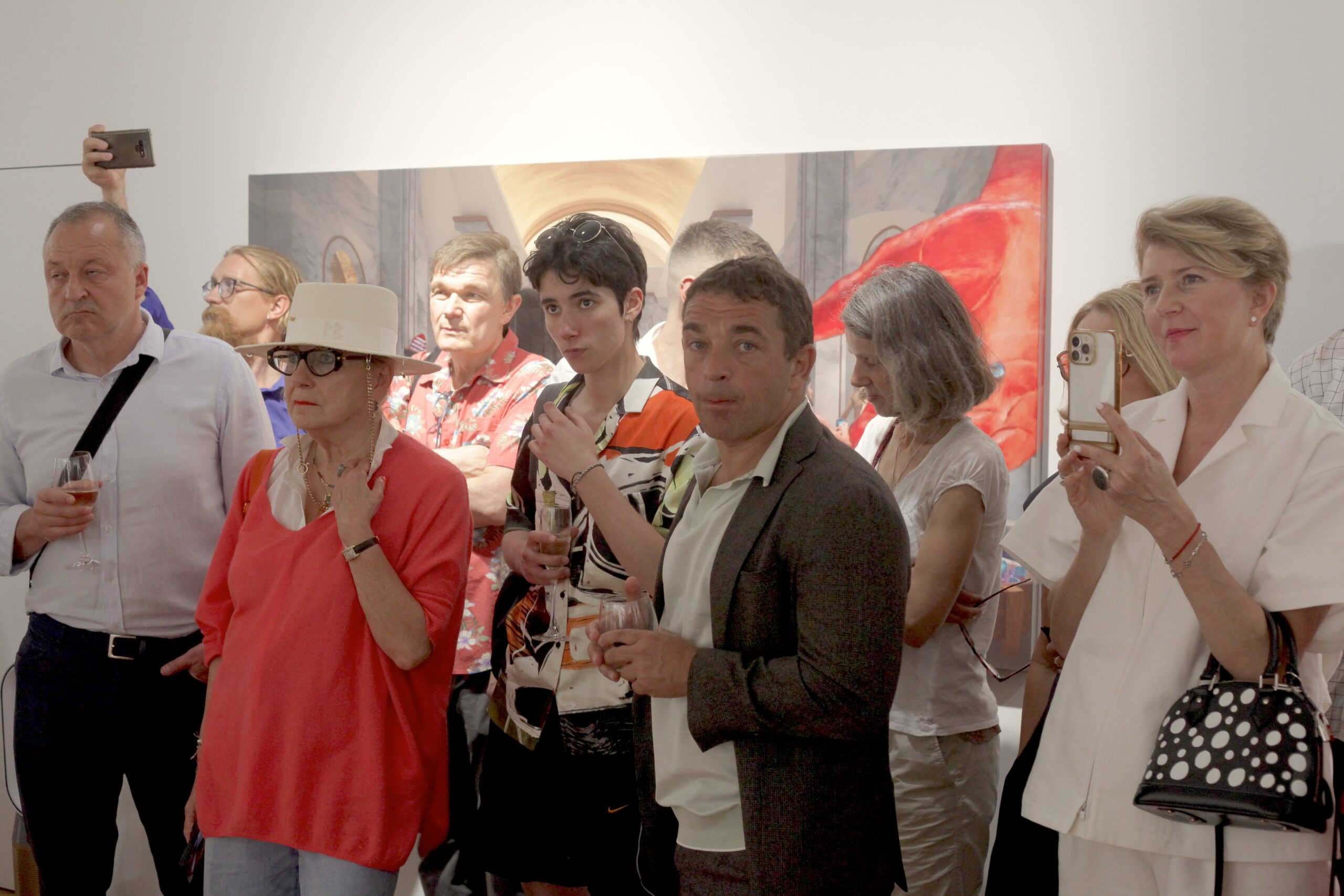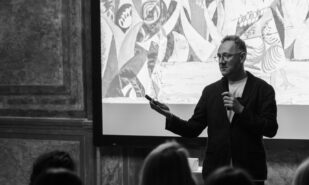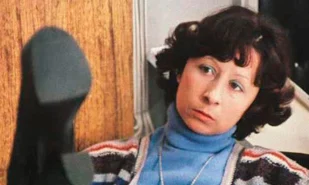Vladimir Sorokin’s visit to London was primarily orchestrated for the unveiling of the Day of the Oprichnik exhibition at the Shtager&Shch Gallery. This event inspired by his eponymous novel, marks the second iteration of anexperiment in creating artworks using AI, where Sorokin assumes the role of a ‘supervisor’ in transposing words into visual images; it also echoes the tone of the Blue Lard exhibition, previously showcased in Berlin and New York through Marat Guelman’s curatorial collaboration.
Vladimir Sorokin in London: An Exhibition

Day of the Oprichnik, published in 2006, serves as a scathing satire on the Russian authorities, past and still present, its prescience growing more poignant with each passing year, as some of the author’s ideas have found embodiment, albeit distorted, in reality. Sorokin, deeply engrossed in myth-making, utilizes it as the foundation for his narratives, projecting the novel’s events into a future steeped in the revival of imperial consciousness and the Russian elite’s fixation on the past. The resulting retro-futurism plot crafts a dystopian world—a claustrophobic and shadowy existence where escape is futile, darkness reigns supreme, and terror dictates life’s rhythm.

The exhibition expands Sorokin’s thematic spectrum onto canvas, spanning the physiological to the cannibalistic, the grotesque to the monstrous. It invites spectators to encounter characters who seem to have leaped from the novel’s pages: oprichniks reveling in their spoils, writhing from their relentless pursuits, and bonding in the steam of the bathhouse—a ritual of “corporate spirit.” These portrayals are rendered “literally” from one narrative structure to another—in the canon of any available text-to-image tools like DALL-E or Midjourney. The artworks, glossy and profane, are all—too much; their contrast is turned up to the limit in scenes where a traditional artist might have opted for restraint or woven a subtler allegory, thus granting the observer room for personal interpretation.
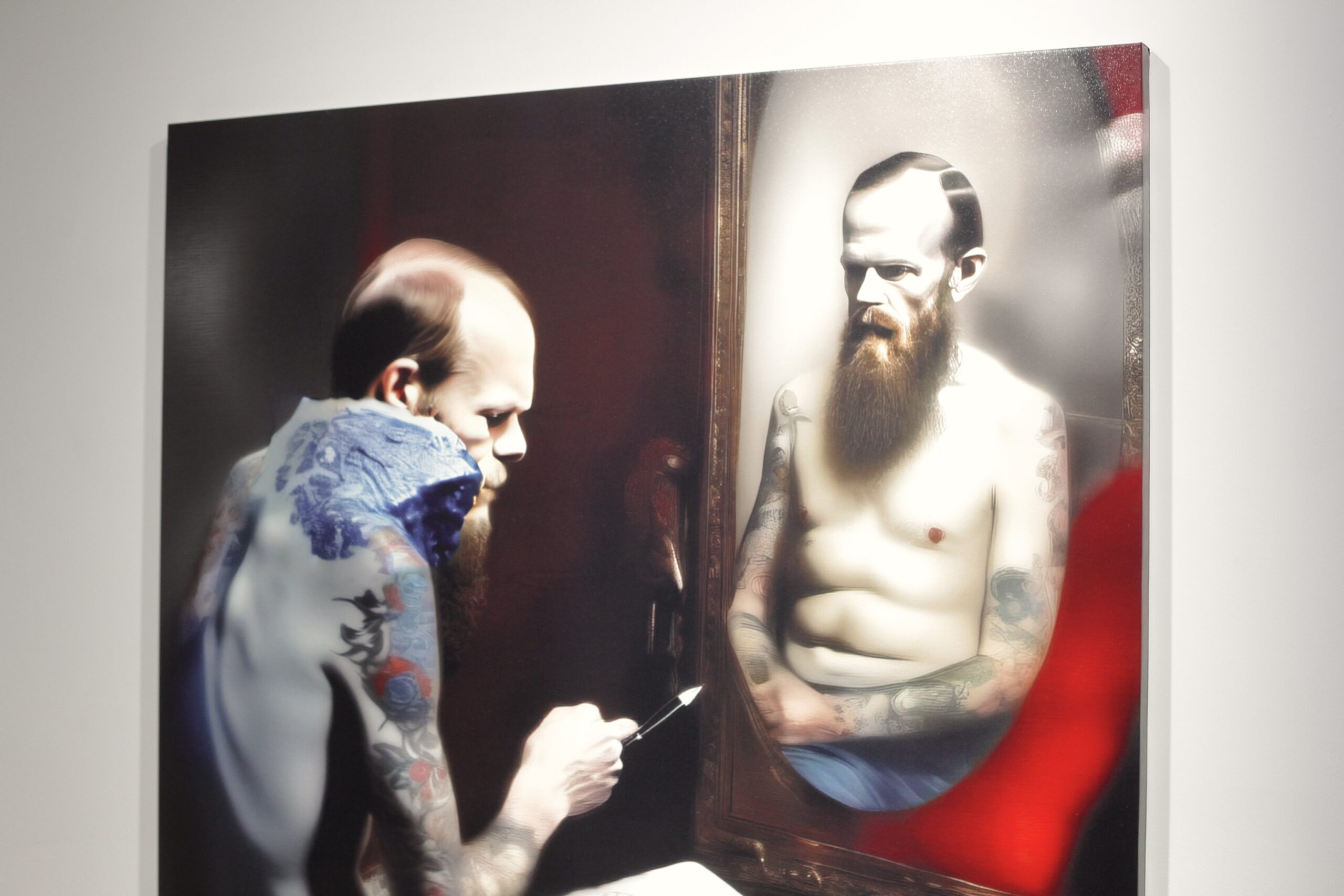
In addition to AI-generated works, the exhibition features a series of Sorokin’s authentic graphics, harking back to the Moscow conceptualist movement, particularly to Prigov: simple silhouettes composed of handwritten text, with words like ‘oprichnina’ or ‘oprichnik’ bisecting the paper into right and left, here and there, then and now. During the presentation at Shtager&Shch Gallery, the exhibition curator, Marat Guelman, repeatedly emphasized the evolving codifying role of the written word, suggesting that, when paired with AI, a writer’s influence could engage recipient’s imagination on multiple planes at once.
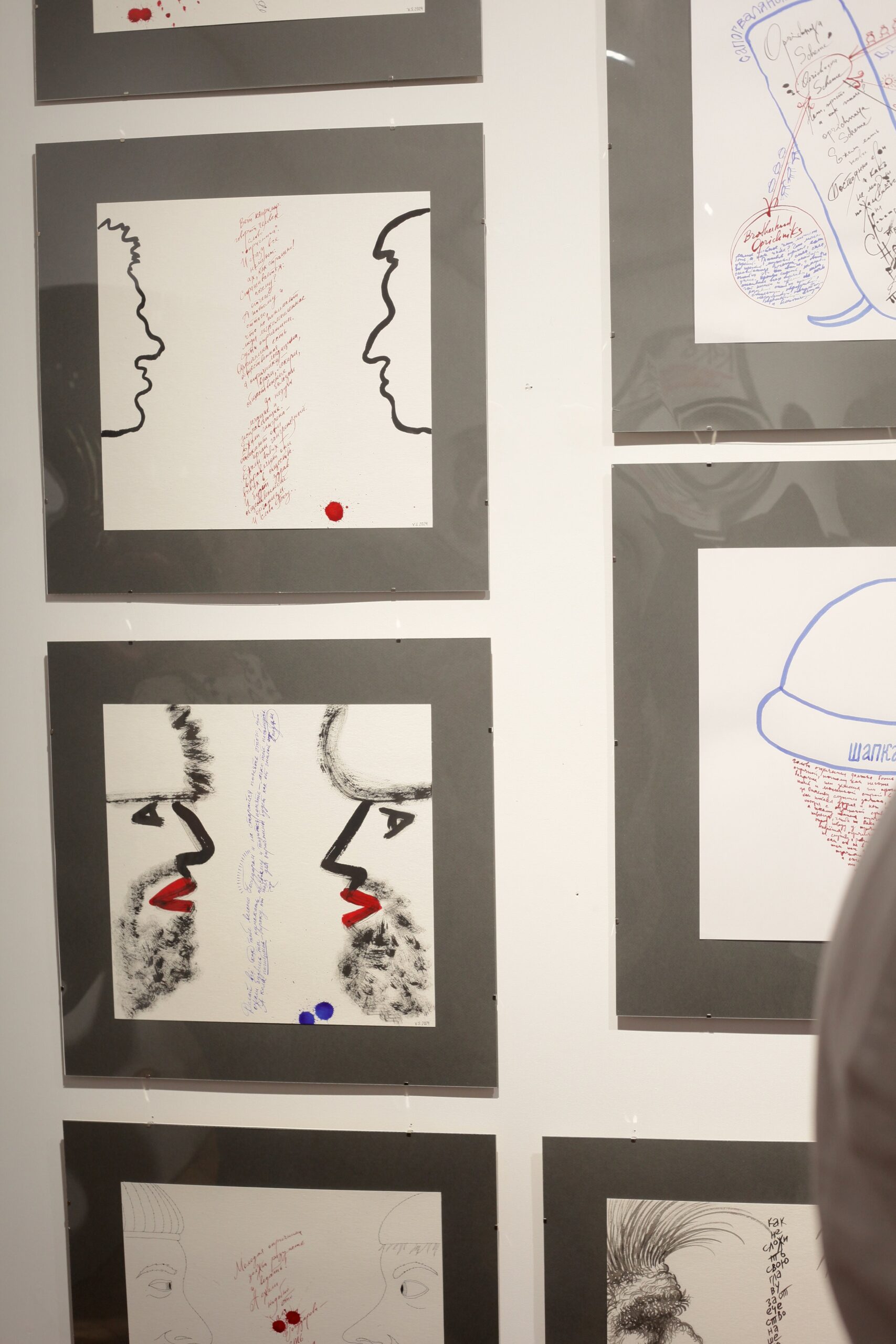
The methodology of kitsch, characteristic of AI’s present evolution, aptly aligns with the thematic essence of Sorokin’s novel and the broader post–modernism tradition by accentuating artificiality to the point of discomfort. This somewhat mirrors Sorokin’s own creative ethos, where pushing boundaries to the extremes serves to numb emotional response, much like the waning impact of gore after a horror movie marathon. The Day of the Oprichnik exhibition introduces material relationships to abstract categories of fantasy, remaining a concentrate of the somber, a distorted mirror of reality, a nightmare that leaves one waking in a cold sweat. The novel’s text has proven to be prophetic, drawing parallels with what has been happening in and to Russia in recent years, yet the immediate engagement with its artistic model leaves one craving for the solace of fresh air and the clarity of daylight.
